Elephants in Asian Culture
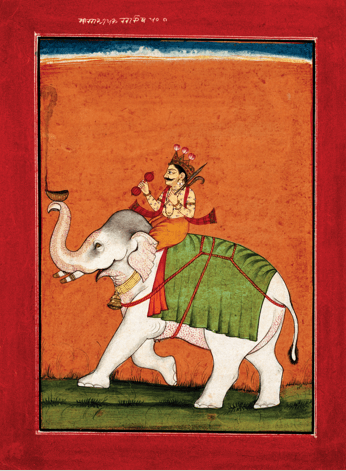
ROYAL POWER
Thai kings have always kept white elephants as a symbol of power. If a white elephant is caught, it must be handed over to the King immediately. Thailand is called the land of white elephants.
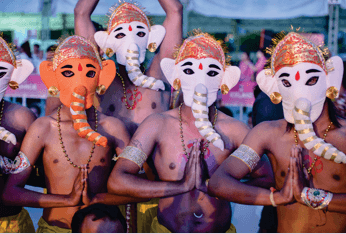
DANCERS WITH ELEPHANT MASKS
Elephant masks play a special role in religious customs and rituals. During the religious dance, the supernatural forces of the mask work against evil forces. The dancer wearing the mask gains magical power.
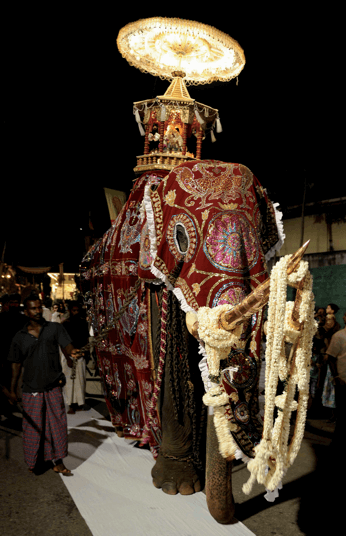
Ο THE KING ELEPHANT IN SRI LANKA
Once a year, the finest Sri Lankan male elephant carries a holy shrine with Buddha’s teeth relics through the streets of the town of Kandy. Thousands of Buddhists participate in the procession. The elephant is called Rajah (King). It wears gold and silver rings on its tusks and a gold-embroidered head cover.
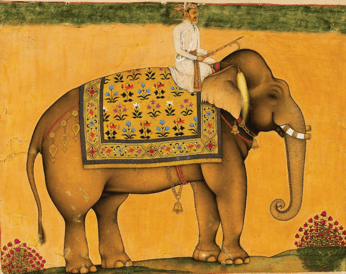
17th century painting

THE HINDU TEMPLE
After receiving a coin or a banana, the elephant blesses the visitor by tapping him on the head with its trunk. The temple elephant is specially selected and enjoys a higher rank than the ordinary work elephant. It is however hard work, as the temple elephants spend many hours everyday standing in front of the temple.
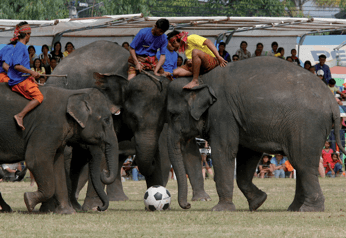
THE ELEPHANT FESTIVAL IN SURIN
Every year in Surin, hundreds of work elephants and mahouts have a large celebration. They eat, dance, parade and play elephant football. The festival pays homage to the founder of Surin, Ching Pum, who in the 16th century caught one of the King’s white elephants that had escaped.

Elephants often feature in art of several Asian countries. Detail on a wall of a temple in Mysore, India.
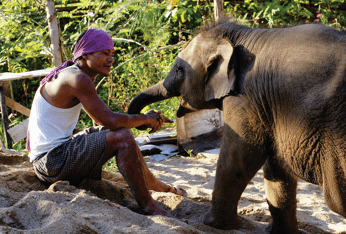
A “mahout” is a person who rides an elephant. Usually, a mahout starts as a boy in the “family profession” when he is assigned a young elephant. They remain bonded to each other throughout their lives.
